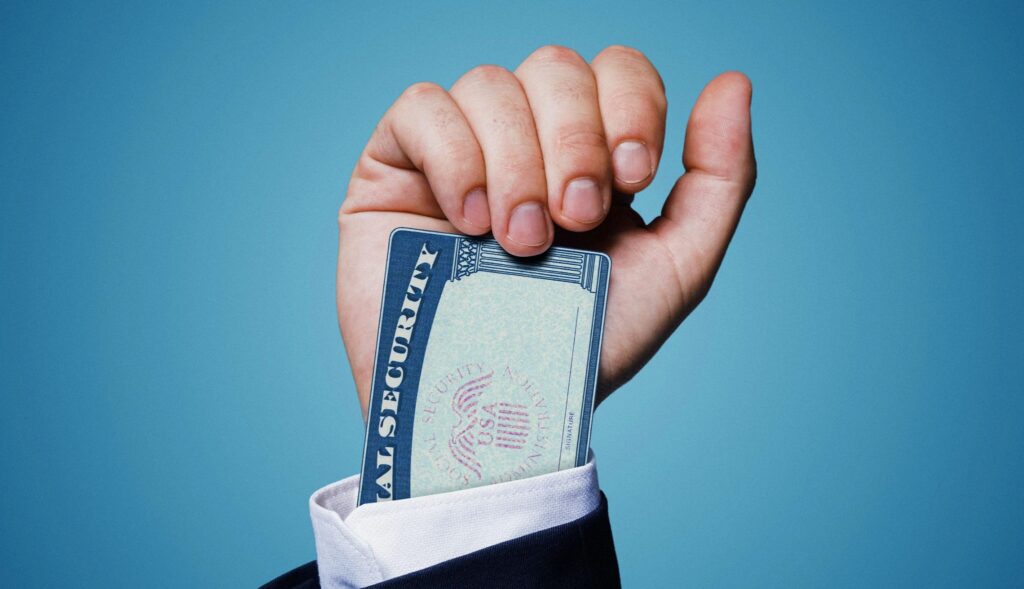How to Identify and Avoid Common Social Security Scams

Social Security numbers are the skeleton keys to identity theft. And what better way to get someone’s Social Security number than by pretending to be from the Social Security Administration (SSA)?
With the announcement that there are new login requirements for those who created My Social Security online accounts before Sept. 18, 2021, experts warn that scammers may take advantage of Social Security recipients who may be confused by the switch. (See here for updated step-by-step instructions)
“Criminals take advantage of these big changes. We would urge people to be suspicious of any call offering to help you change your login credentials,” says Amy Nofziger, director of victim support at AARP’s Fraud Watch Network.
Social Security’s Office of the Inspector General (OIG) received 73,626 reports of Social Security impersonators and related scams in fiscal 2023. That’s up from 64,773 the previous year, a 13.7 percent increase.
Although those numbers are down dramatically from 2020’s record-breaking statistics, it’s not for scammers’ lack of trying. Of the more than 40 billion scam calls flagged by T-Mobile’s customer security tools in 2022, the most recent year for which a breakdown was available, around 13 percent — or more than 5.4 billion — were from Social Security impostors.
And now impostors have artificial intelligence as a tool to make their communications more convincing. “Scammers’ embrace of AI has made things exponentially worse,” says Shawna Reeves, special projects consultant for Legal Assistance for Seniors in Oakland, California. “Because of AI, scam calls, emails and texts have become more personalized, and thus, harder to detect.”
Warning signs of a Social Security scam
The scam starts when crooks call or send you a text, a letter or a social media message, in which they claim to be officials from the SSA or the SSA’s Office of the Inspector General.
In an effort to seem authentic, they may use the name of an actual SSA employee or send what looks like an official SSA letterhead attached to an email or text message.
To feign legitimacy, they may recite “badge numbers” or even create counterfeit versions of the IDs federal workers use to gain entry to government buildings. They might text or email images of the fake credentials to “prove” they’re Social Security representatives. SSA employees will not send images of their IDs.
Then criminals may try various other scams.
For more information on how to tell if calls from Social Security are scams, from AARP, CLICK HERE.
